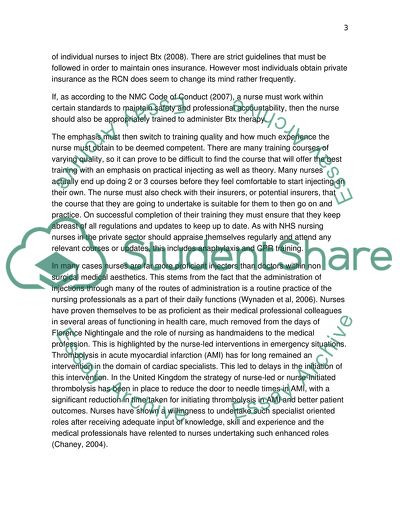Cite this document
(A Review of the Key Issues Involved in Prescribing within Aesthetic Coursework, n.d.)
A Review of the Key Issues Involved in Prescribing within Aesthetic Coursework. https://studentshare.org/medical-science/1722063-a-review-of-the-key-issues-involved-in-prescribing-within-aesthetic-medicine
A Review of the Key Issues Involved in Prescribing within Aesthetic Coursework. https://studentshare.org/medical-science/1722063-a-review-of-the-key-issues-involved-in-prescribing-within-aesthetic-medicine
(A Review of the Key Issues Involved in Prescribing Within Aesthetic Coursework)
A Review of the Key Issues Involved in Prescribing Within Aesthetic Coursework. https://studentshare.org/medical-science/1722063-a-review-of-the-key-issues-involved-in-prescribing-within-aesthetic-medicine.
A Review of the Key Issues Involved in Prescribing Within Aesthetic Coursework. https://studentshare.org/medical-science/1722063-a-review-of-the-key-issues-involved-in-prescribing-within-aesthetic-medicine.
“A Review of the Key Issues Involved in Prescribing Within Aesthetic Coursework”. https://studentshare.org/medical-science/1722063-a-review-of-the-key-issues-involved-in-prescribing-within-aesthetic-medicine.


